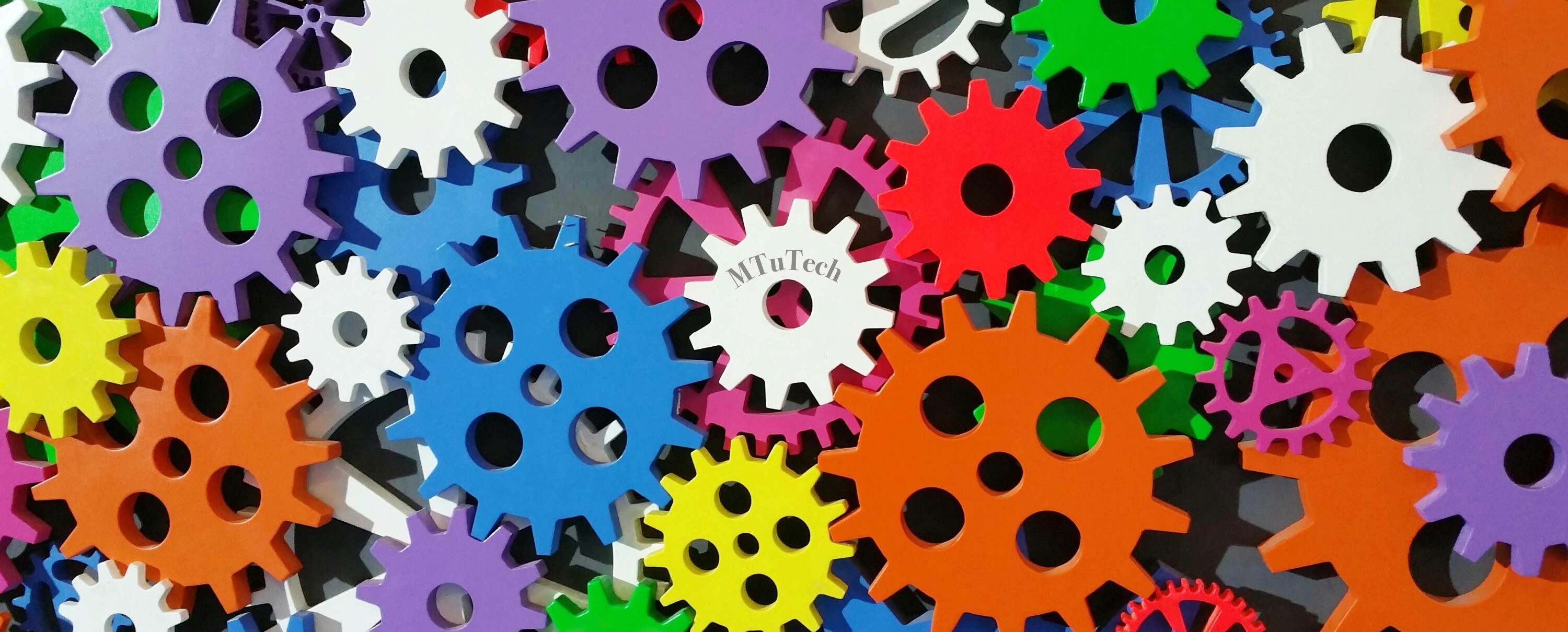
In all walks of life, having a printer is essential for enterprises. It not only can efficiently produce high-quality printed products, but also help enterprises reduce costs, achieve production autonomy, and ensure the stability and timeliness of output. However, printing presses, like other equipment, occasionally encounter problems that affect work progress and output results. Common challenges include mechanical failures, media jams, image misalignment, color correction problems, and software failures.
Responding to these issues quickly is key to reducing downtime, maintaining high productivity and ensuring customer satisfaction. Therefore, it is crucial for companies to understand the potential problems of printers and have the ability and resources to troubleshoot and solve problems. This will not only ensure that the printing process runs smoothly, but also help companies continue to meet customer expectations and improve service quality.
Regular maintenance checks on your printer are key to ensuring efficient operation, stable performance, and extended life. Routine maintenance not only prevents costly equipment failures, but also maintains high-quality output, improves productivity, and ensures a safe working environment.
Businesses that rely heavily on printing, such as commercial printing companies and design studios, are particularly in need of regular maintenance. These businesses typically handle large volumes of orders and must rely on stable equipment to meet customer needs and tight delivery deadlines. By prioritizing maintenance, businesses can stay competitive and continue to deliver high-quality prints, effectively meeting market demand.
Why is printer maintenance so important? First, regular maintenance can help prevent expensive equipment failures and unexpected downtime. By identifying and fixing potential problems in advance, businesses can avoid major repair costs or even the expense of replacing new equipment. In addition, maintenance can reduce workflow disruptions, ensure projects are completed on schedule, and maintain productivity.
Secondly, maintenance checks also play a vital role in ensuring consistent print quality. Over time, dust, ink residue, etc. can cause printheads to clog or color deviations. Routine cleaning and maintenance ensure that printed products always meet high standards and avoid quality issues that affect the company's reputation. Continuous and stable quality is essential to gaining customer trust and consolidating brand image.
Even a simple quick maintenance check is far better than neglecting equipment care. While comprehensive routine maintenance is ideal, spending a few minutes checking core components, cleaning print heads, and ensuring the machine is running smoothly can still make a significant difference. Such simple checks can help identify potential faults before major problems occur and ensure basic print quality. This is a proactive, preventative measure that won’t solve all problems, but it can help extend the life of your equipment and keep it running smoothly.

Here are 8 steps to do a quick maintenance check on your printer:
Printer Maintenance Check
Doing a quick maintenance check on your printer can help ensure it is performing at its best. Here is a step-by-step guide to performing basic maintenance checks:
Visual Check: First, visually inspect the machine for any obvious signs of damage, loose parts, or debris. Check cables, connectors, and mechanical components for wear or damage.
Clean the Printhead: Cleaning the printhead is critical to maintaining print quality. Follow the manufacturer's instructions, using the appropriate cleaning solution and tools to gently clean the printhead.
Check Ink Levels: Check the ink level in each ink cartridge or tank. If ink levels are low, replace or refill as needed, and make sure the cartridges are securely installed.
Check the Material Path: Check the device's material delivery path to make sure there are no obstructions. Clear any debris or jams that may affect the delivery process.
Test Print: Print a test sample to check print quality, noting any anomalies such as streaking, smudges, or uneven colors. Adjust settings or perform a nozzle check as needed.
Calibrate: If your device has calibration options, make sure they are set correctly to maintain color accuracy. Make any necessary calibration adjustments according to the manufacturer's instructions.
Software Updates: Check if there are any firmware or software updates available. Prompt software updates can improve device performance, fix bugs, and enhance compatibility.
Lubrication: If applicable, lubricate moving parts according to the manufacturer's recommendations to ensure smooth operation of mechanical parts.
Always consult your printer's user manual for specific maintenance procedures and recommendations. While a quick maintenance check can help, it's important to perform comprehensive, manufacturer-recommended maintenance on a regular basis to ensure performance and extend the life of your equipment.
If your business depends on your presses, having access to professional technical support is essential. By choosing us as your equipment supplier, we provide you with a full range of services and expert advice to help you reduce downtime, maintain productivity, and maximize the performance and life of your printers. Feel free to contact our team for support and services tailored to your business needs.




